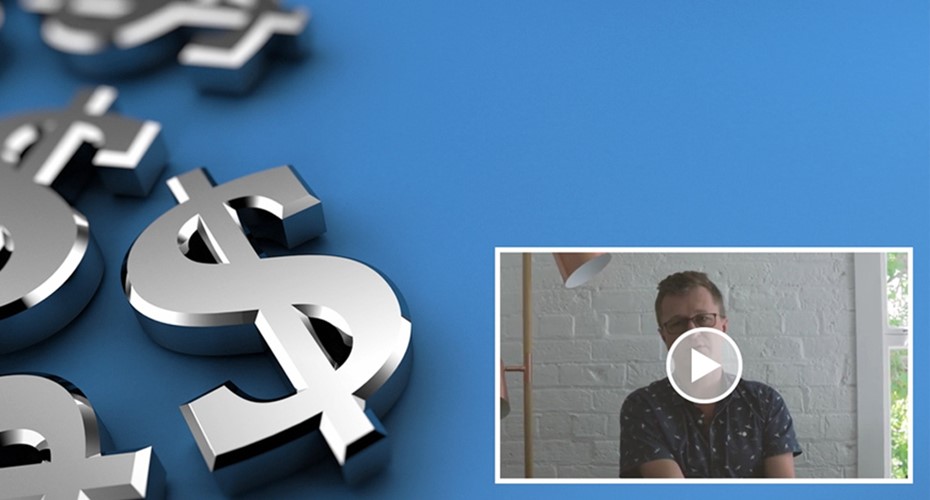Let's figure out your bank's break fees

When it comes to your mortgage it pays to know it inside and out. After all, when such a large sum of money is at stake the last thing you want are surprises and unexpected costs. We get a lot of inquiry about bank break fees, as the size of these sometimes blindsides borrowers.
To help you avoid any nasty home loan surprises, we've gone through the basics of break fees, with the help of a video by head Squirrel and purveyor of sage advice John Bolton.
They're a genuine cost of the bank
Before you throw your monthly statement in the bin and curse your bank, know that break fees are a genuine cost that your lender is passing on. These fees are only charged when you break the term of your fixed rate home loan by repaying it early in some way.
Examples of when a break fee might be charged include:
- Making extra repayments,
- Selling your home before your term ends, or
- Refinancing to lock in a lower rate.
Why do banks charge you this fee?
When you secure a fixed rate loan from the bank, they also get funding to cover the amount of your loan. When you break the term of your loan after interest rates have fallen, they have to break out of their funding too, which costs them money.
The official cash rate appears to have almost hit its lowest point and interest rates are expected to increase. Luckily, that means you may not be charged these fees in the near future. It's important to note that, generally speaking, these fees are only incurred when interest rates are falling.
However, it's still recommended that you get advice on whether or not a fixed rate loan is right for you before refinancing, or securing a new home loan.
How much could your break fee cost you?
To help you estimate the rough amount of your break fee, here's a quick example. Let's say you've got $100,000 left to pay off your loan principal, that market interest rates are 1 per cent lower than your loan's fixed rate, and that you've got a year left on your fixed term.
To work out what your break fee would be, find 1 per cent of $100,000, then multiply that by the number of years left. In this case, it'll equal $1,000.
This cost can vary slightly from bank to bank, and can often amount to quite a hefty sum. For more information watch the video below, or get in touch with an experienced mortgage advisor here at Squirrel Mortgages.
Receive updates on the housing market, interest rates and the economy. No spam, we promise.
The opinions expressed in this article should not be taken as financial advice, or a recommendation of any financial product. Squirrel shall not be liable or responsible for any information, omissions, or errors present. Any commentary provided are the personal views of the author and are not necessarily representative of the views and opinions of Squirrel. We recommend seeking professional investment and/or mortgage advice before taking any action.
To view our disclosure statements and other legal information, please visit our Legal Agreements page here.

